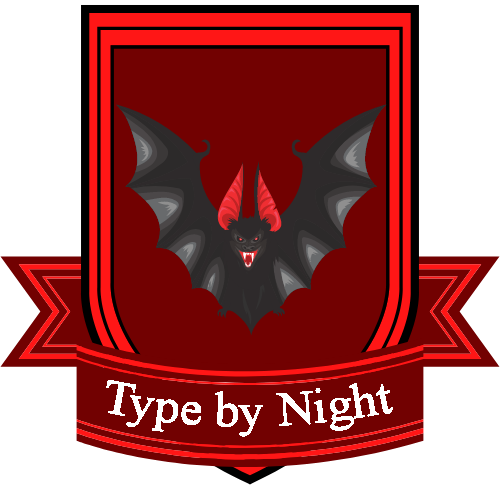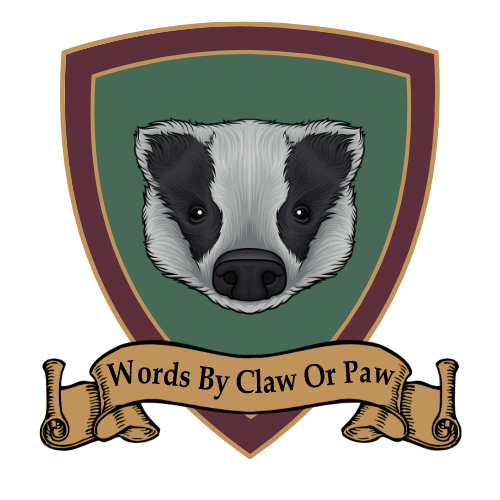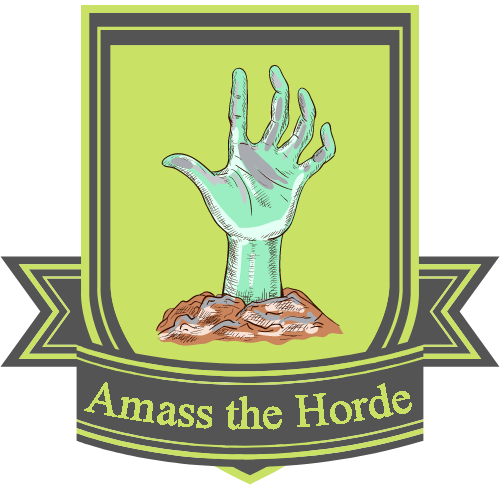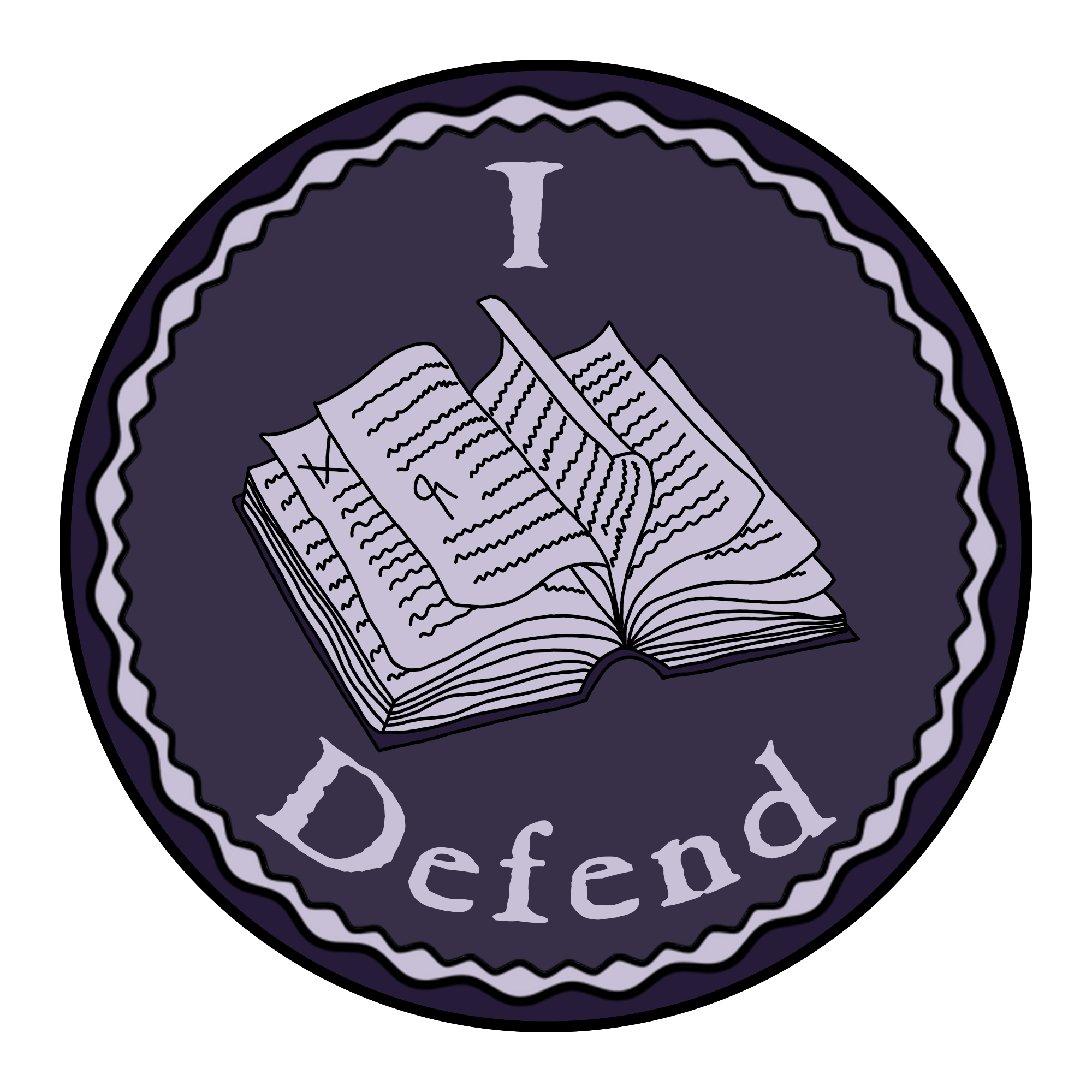El-Ahrairah (American: [el-uh-HRAIR-uh], [el-uh-hrair-AH]; IPA: [ɛl ə 'hrɛər ə], [ɛl ə hrɛər 'ɑ])
(a.k.a. The Trickster, the Great Rabbit, the Star-Bunny, "Prince with a Thousand Enemies")
All the world will be your enemy,El-Ahrairah, or El'Ahrairah, is a trickster spirit, an avatar of the Great Rabbit or Great Hare, who is revered by House Lapin. They may be the creation of an author named Richard Adams, who wrote a popular novel called Watership Down in the mid-1970s. However, Lapinite scholars claim that Adams was himself a Lapin, and the tales of El-Ahrairah were drawn from Lapin myths. Regardless, El-Ahrairah is now an established part of House Lapin mythology, and reverence of the trickster-bunny is common throughout the Lapin Protectorate, including, perhaps especially, among the Royal Family.
Prince with a Thousand Enemies,
And whenever they catch you,
They will kill you.
But first they must catch you,
Digger, listener, runner,
Prince with the swift warning.
Be cunning
And full of tricks
And your people
Shall never be destroyed.
Divine Domains
Forgotten Realms DnD Domains: Animal, Celestial, Chaos, Good, Healing, Hope, Life, Light, Moon, Protection, Trickery, Twilight
d20 DnD Domains: Animal, Chaos, Good, Healing, Luck, Protection, Trickery
5th Edition DnD Domains: Life, Light, Healing, Nature, Trickery, Twilight
Holy Books & Codes
The closest thing El-Ahrairah has to a holy book are the novel Watership Down, and its sequel, Tales from Watership Down, which relate some of the most common stories from the El-Ahrairah myth cycle. The Rabbitfolk have many more tales that have been relayed through an oral tradition. While following El-Ahrairah, and through them, Frith, is a relatively new practice in the Lapin Protectorate, in the native reality of the Bunnykin, their church was far more widespread.
Divine Symbols & Sigils
Rabbits, hares, and other lagomorphs are often regarded as symbols of El-Ahrairah, especially when associated with celestial bodies or phenomena, such as the moon and stars. Sometimes, this is more simply indicated by rabbit ears with stars in them, or a rabbit within the moon, such as those featured in many Asian cultures. Scholars agree this mythological association likely spawns from a similar source: the shadows on the moon's surface that form a rabbit-like shape, especially when viewed from the Southern Hemisphere.
There is some indication that in this mythological cycle, the light phases of the moon are the symbols of El-Ahrairah, while the dark phases more accurately represent the death-principle, The Black Rabbit of Inle.
Modern followers sometimes choose to emulate the art style used to represent the creation myth of El-Ahrairah in the 1978 animated adaptation of the Watership Down novel in devotional art.
Tenets of Faith
According to the El-Ahrairah myth cycle, in the dawn of time, Frith punished El-Ahrairah for their arrogance and hubris in breeding enough of their kind to threaten the other animals, by giving the other animals gifts that would help them to hunt and slay rabbitkind. Taking pity on El-Ahrairah, He subsequently gave the rabbit progenitor gifts that would help them and their people to survive; claws for digging and fighting, long ears for listening, great and powerful legs for running, and "a tail of shining white" to confuse predators. He then admonished El-Ahrairah to be "cunning and full of tricks," and their people would never be destroyed.
This in no way dampened El-Ahrairah's chaotic spirit — indeed, it seemed to encourage them — nor their cheerfulness nor urge for mischief. El-Ahrairah's actions in the myths might often be regarded as morally grey by other systems of ethics. They commonly use their great wit to outsmart their enemies and even their friends, though they seem to be happy to make friends whenever possible, and are capable of great caring, nurturing, and impeccable loyalty. In some of the myths, it is suggested that while, in His wisdom, Frith might have suppressed the rascal, He perhaps loves El-Ahrairah most of all His creations, because El-Ahrairah makes Him laugh.
In one myth, El-Ahrairah and his faithful Owsla Captain, Rabscuttle, conceive of a scheme to steal the prime lettuces from King Darzin's garden. In vengeance, King Darzin declares war against the people of El-Ahrairah, and drives them to near extinction. The only example of El-Ahrairah's good humour ever faltering, they decide they must journey to Inlé, the land of darkness and the dead, to bargain with the rabbit Grim Reaper, the Black Rabbit — their life, for the lives of their people. Rabscuttle faithfully accompanies them.
The journey costs El-Ahrairah their ears, whiskers, and tail, and they must make do with rushes and cattail fluff to replace them. However, once the two rabbits make the journey home, Frith once again takes pity on El-Ahrairah, and replaces their ears, tail, and whiskers, this time with a bit of starlight worked into them.
The effort to bargain, or trick the Black Rabbit in a game, is futile, but rabbits manage to survive anyway, perhaps because the Black Rabbit grudgingly admires El-Ahrairah's determination.
While there are no formal tenants of El-Ahrairah's followers, the faithful try to emulate El-Ahrairah in spirit and deed. They value wit, humour, cleverness, and resourcefulness. They value protectiveness and loyalty. And they also value bravery and self-sacrifice in the name of the greater good and preserving life.
Holidays
If El-Ahrairah is, indeed, an ancient, although obscure, saint or deity, there is no record of their reverence in most modern cultures. As a result, the faithful have begun celebrating them on commonly-known rabbit-associated holidays. Most common is Easter, or as it is celebrated among the Lapinites and Avisians, Avisalia (Vernal Equinox). El-Ahrairah was also widely revered at the Lunar New Year in the Year of the Rabbit (most recently, 2024) and continues to be revered at the Asian Mid-Autumn Festival, which has always traditionally celebrated the Moon Rabbit.
Divine Goals & Aspirations
Above all, the myth cycles emphasize that El-Ahrairah's overriding goal is to protect and preserve rabbitkind, whom they view as their children. To this end, they are willing to lie, fight, steal, cheat, manipulate, charm, make alliances, build defenses, and even make bargains with death to sacrifice their own life in their people's place. El-Ahrairah, being a rabbit, is peaceful by preference, and would rather make friends, or even run and hide... but they still have claws, large teeth, and big, powerful legs that kick hard, and will fight fiercely if they must.
Physical Description
General Physical Condition
El-Ahrairah is usually perceived as a Rabbit or Hare of various species, with dun brown or shining white fur, starlight in their ears and tail, and shining, liquid eyes filled with stars. Occasionally, they have been perceived as some of the lagomorph cryptids, such as a Jackalope, Al-Miraj , Skvader, or Wolpertinger. They have been variously perceived as male or female, or sometimes of indeterminate gender, and always represent a healthy member of the species in the prime of their life. Size seems to vary, however; they may appear as a giant bunny of any particular species, or a tiny one.
Some have noted that several of these features bear a remarkable resemblance to the hallmarks of a Rabbit in the Moon. The faithful claim that this is because El-Ahrairah marks their chosen, and grants them the healing gifts that they themself wish they had possessed in their mortal life. Mythologists believe that the myth of El-Ahrairah derives from a particular set of traits that is often associated with the Lapin bloodline, possibly sparked by the associated healing powers that seem to be connected to those traits.
It is interesting to note that while they are revered by Bunnykin and Wererabbits, El-Ahrairah does not seem to appear in either a bunnykin-like or humanoid form.
Mental characteristics
Sexuality
El-Ahrairah is a rabbit. Enough said.
Personality Characteristics
Vices & Personality flaws
El-Ahrairah is said to have a weakness for garden vegetables, particularly leafy greens and carrots, and may take great risks and conjure elaborate schemes to obtain them.
WIP
Streamer
Missing
Status: Location Unknown
Deceased
Status: Deceased Character
Retired
Status: Retired Character or Article

Divine Classification
Saint
Alignment
chaotic good
Current Status
Watching over rabbitkind
Species
Conditions
Church/Cult
Honorary & Occupational Titles
The honourific "-rah" is, according to Mr. Adams, appended to rabbit names to signify a Chief Rabbit, which is a kind of monarch. An appendix to Watership Down explains that El-Ahrairah is, in fact, a shortened form of "elil" (enemies, the predators who eat rabbits,) "hrair" (many, sometimes translated as "thousand," although rabbits can only count to four, so this is any number greater than four,) and "-rah" (royalty, chief) — literally, "enemies-many-chief," or "Prince with a Thousand Enemies."
Age
unknown
Children
Pronouns
he/she/they
Sex
unknown; usually depicted as male, but also occasionally depicted as female
Gender
unknown; is variously perceived as male, female, or indeterminate
Presentation
varies
Eyes
dark, filled with stars
Skin Tone/Pigmentation
fur varies: often dun brown or shining white
Height
varies
Weight
varies
Related Myths















Comments
Author's Notes
Once again, I am pleased to acknowledge Richard Adams, and his amazing novel Watership Down, for providing such a wondrous and rich world that gives us such inspiration. It is my favourite novel, and it's about far more than merely rabbits.